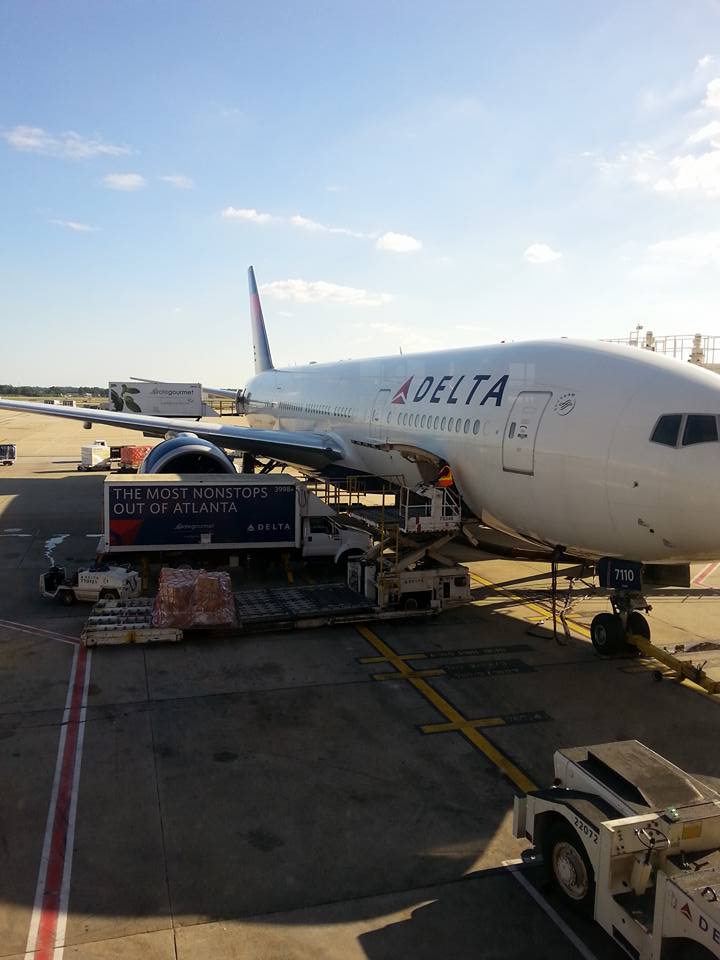
Is There a Doctor on Board? -part 2-
I looked at the scene before me. The flight purser was rushing around in a panic. A pale woman lay at his feet. Two other flight attendants hovered over her. And literally everybody else on the flight slept as if nothing was abnormal. And to make matters worse, there was a distinct possibility that we were going to have to divert the aircraft to Madrid, Spain to get this ill passenger to definitive medical care.
However, the everyday passenger may not know that a flight of this capacity and distance is more equipped to handle such an emergency than one might expect. The crew carries oxygen, a full medical bag (complete with medications and intravenous supplies), and a cardiac monitor and defibrillator. In essence they are loaded for bear.
But there’s a catch: nobody has a clue what to do. Sure, they are all trained in basic first aid and CPR, but their job is to be flight attendants, not medical professionals.
I leaned over and assessed the woman on the floor. She was clammy and complained of chest pain. Her heart rate was irregular and she was nauseous. However, her blood pressure was normal. We connected the electrocardiogram machine (because why wouldn’t a flight from South Africa to England have one of those?) and discovered that she was clearly experiencing a common heart problem called atrial fibrillation. In the simplest of terms, the top part of her heart was not cooperating.
Just then I realized that the purser had been breathing into my ear. I turned and saw his sweaty bald head uncomfortably close to my face.
“Do you want to talk to the doctor?” he asked.
“There’s a doctor here?” I was confused. I thought I was the only one helping.
“No,” he said, “but we can call him.”
The purser pulled me aside to the first-class cabin to the front of the aircraft. There sat a small desk. He picked up a phone and dialed a number.
“Hello?” A fellow American answered the phone. At this point, I was very impressed with everything that was happening. I explained to the physician all that had transpired. He hummed and thought and then asked me, “well, do you think that they should land the aircraft in Spain.”
This was not a decision I was expecting to make. I was hoping my responsibilities on this flight were going to be limited to whether or not I should watch Dances with Wolves again.
I swallowed hard and squeaked, “no.”
“Okay, well, keep an eye on her and if anything changes, call me back.”
Click.
The line went dead.
The purser was glad to hear we would continue on to London. “It costs the company over £200,000 to divert. Not to mention a scheduling nightmare for everybody. If she’s going to be okay, it’s better to just continue on!”
As I went back to our makeshift clinic, the purser asked if he could get me a drink.
“Coffee would be great, thank you”
I was shocked when he fired up an espresso machine and produced a porcelain cappuccino cup and platter. This scenario was getting ethereal.
When we finally landed, NHS London Ambulance Service pulled alongside the aircraft. I spoke to the British paramedic and they transferred the patient onto their ambulance, unceremoniously.
The crew was all smiles as my wife and I gathered our things. They thanked us over and over. This could have gone differently. We could have been getting off the plane in Madrid. But London was a welcomed sight.
anthony forrest
